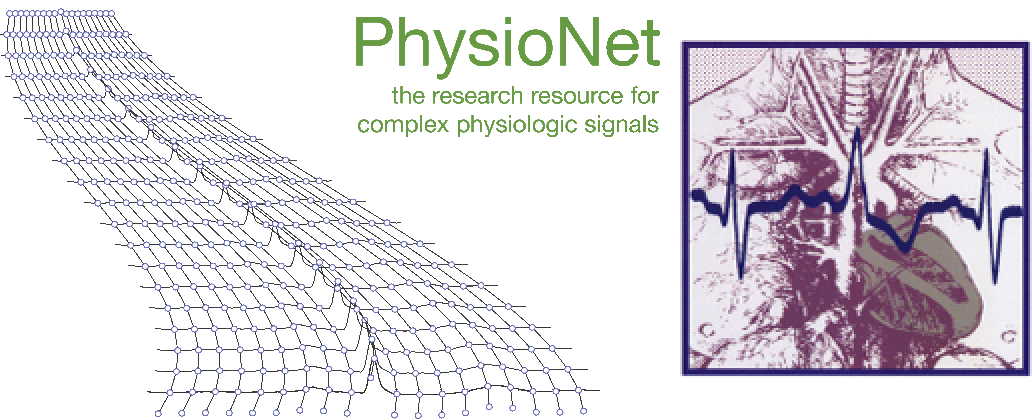- Registration form
- Example MATLAB and Python submissions and scoring code
- Submission instructions and form
- Leaderboard, results, and papers
- Public discussion forum
- Rules and deadlines
- Current and general FAQs
- About
Session S42.6
An Automatic ECG Processing Algorithm To Identify Patients Prone To Paroxysmal Atrial Fibrillation
G. Schreier, P. Kastner, W. Marko
Austrian Research Centers Seibersdorf
Graz, Austria
An algorithm to identify patients prone to paroxysmal atrial fibrillation (PAF) has been developed and evaluated using the records of the PAF Prediction Challenge Database. The procedure is based on conventional ECG signal pre-processing techniques, a correlation based assessment of the P-wave variability, and a statistical decision concept.
The algorithm comprises of the following major steps:
-
Heartbeat detection and classification is applied to subsequent 60 second ECG sections and consists of picking events with super-threshold first derivative values and cross-correlating the detected beats with a set of templates of variable size. Correlation coefficients bellow 0.95 trigger a new beat class to be generated. The beats with the most frequently occurring signal morphology are considered to be the 'regular' heartbeats.
-
The first derivative of the sequence of the beat coupling intervals is checked for the occurrence of beats with more than 15% prematurity and the same morphology as the preceding beat which are assumed to be premature ventricular complexes of supraventricular origin.
-
A representative P-wave template is generated by coherent averaging the respective signal part of all regular heartbeats. Thereafter, all regular and premature heartbeats are compared to this P-wave template.
-
The two groups of correlation coefficients corresponding to the regular and the premature heart beats are considered to represent two samples to which the U-test is applied in order to assess the probability (p value) that both samples stem from the same distribution. The logarithm of the p value serves as the PAF screening parameter.
-
The decision on whether a particular signal is indicative of PAF is based on a single threshold diagnosis model. A risk for PAF is assumed for a particular patient if at least one of the signals exhibits a p value below the cut-off threshold. The latter has been determined by computing the receiver operating characteristic of this diagnosis model for the learning record set and choosing the threshold which gave the highest number of correctly classified patients (45 out of 50, sensitivity = 100%, specificity = 80%).
Using a cut-off threshold of -2.7, finally, the present method was able to correctly classify 34 out of 50 patients from the test set. This figure indicates the potential of the proposed approach and is likely to improve after having fine-tuned the algorithm.
Supported by the National Institute of Biomedical Imaging and Bioengineering (NIBIB) under NIH grant number R01EB030362.
© PhysioNet Challenges. Website content licensed under the Creative Commons Attribution 4.0 International Public License.
